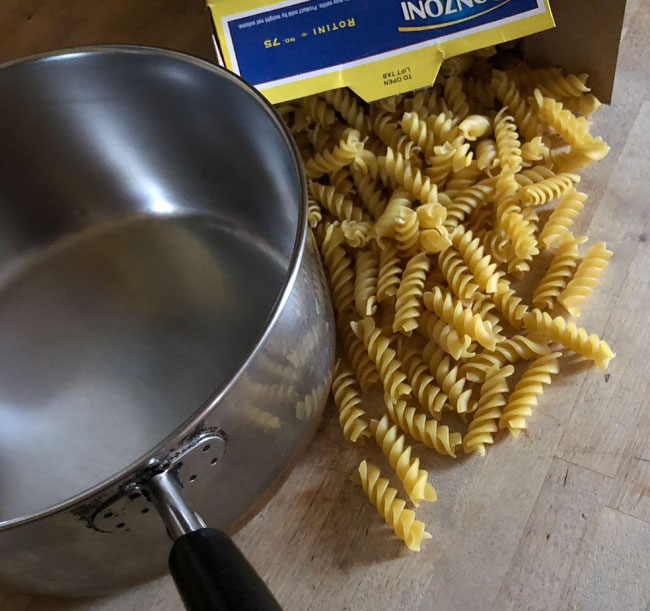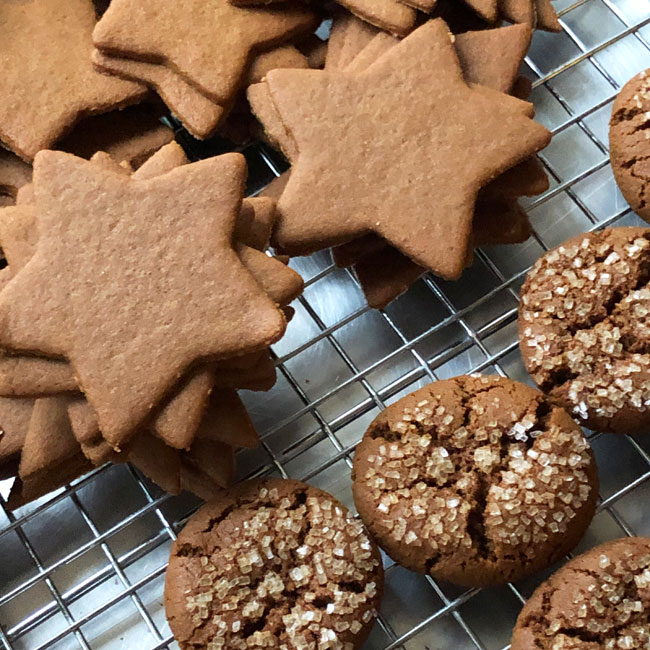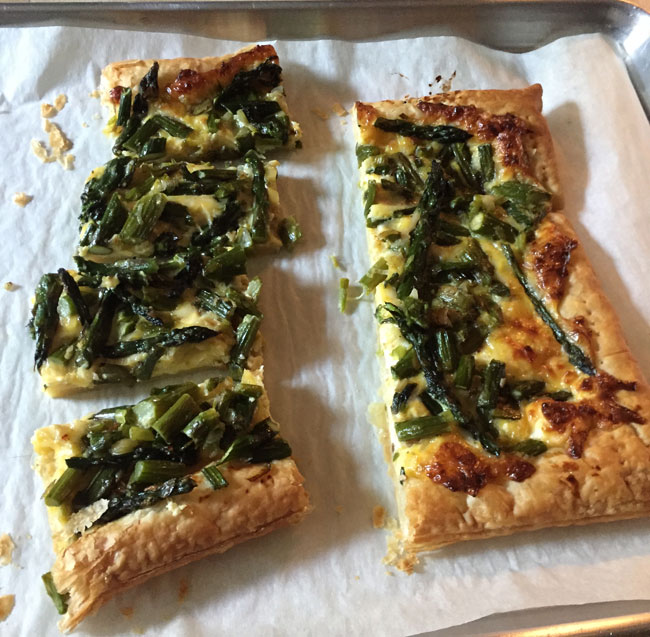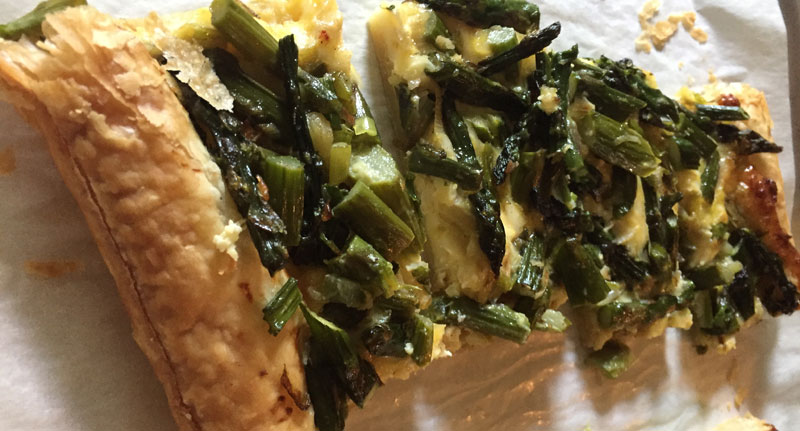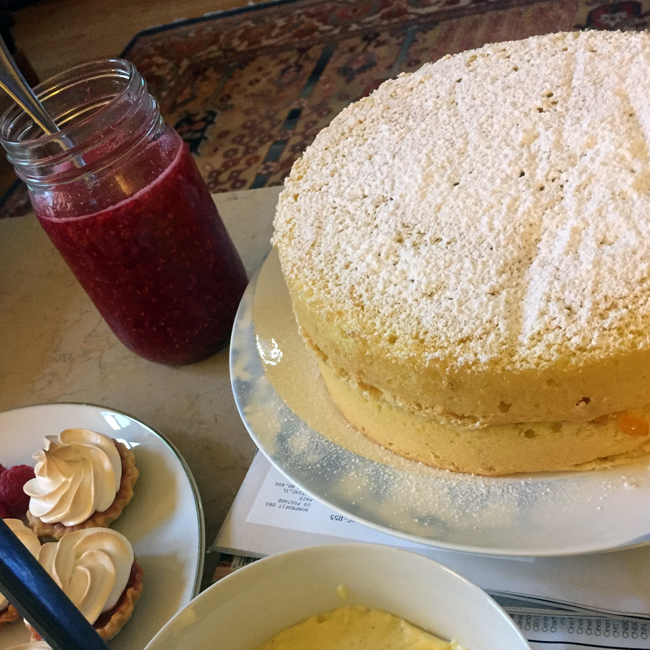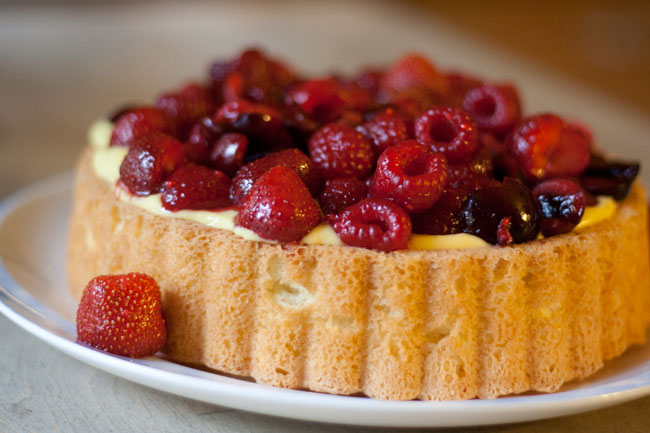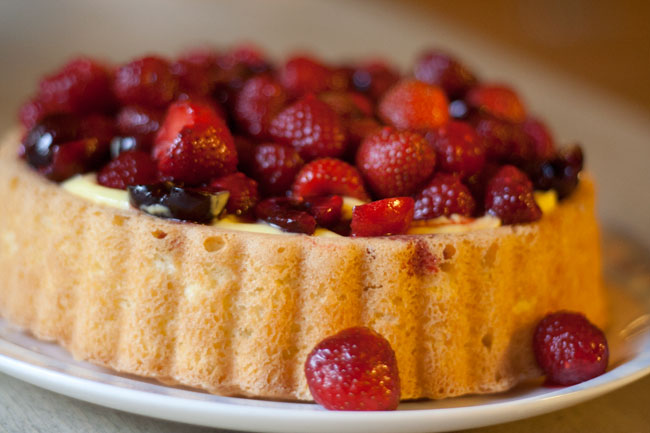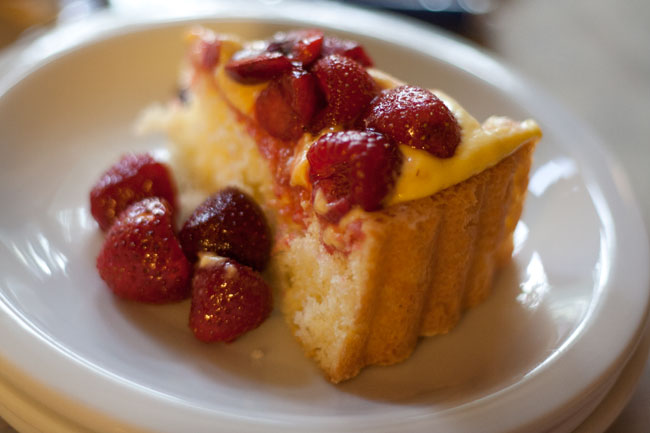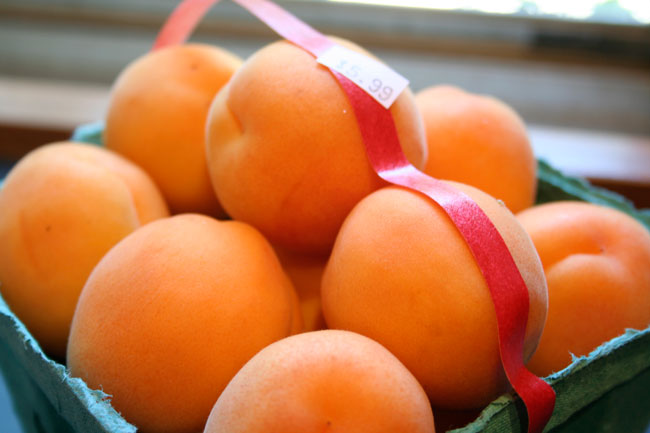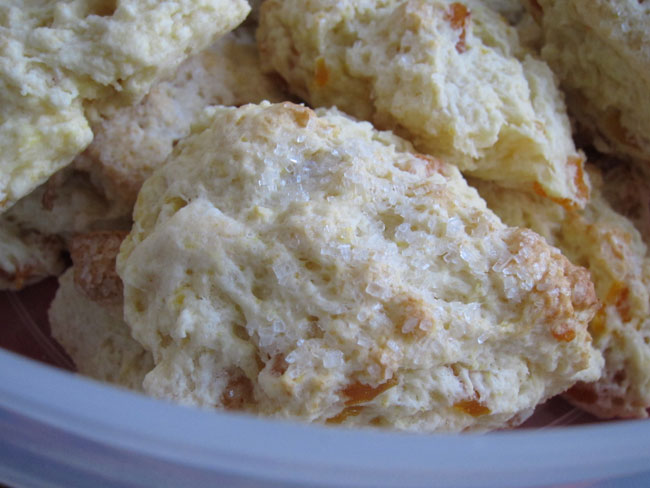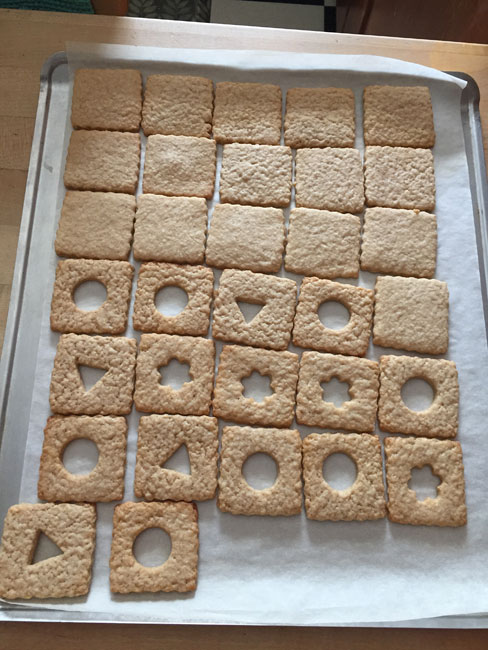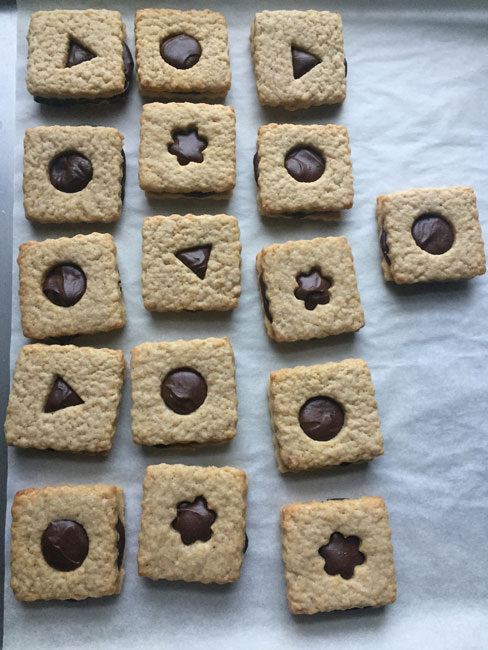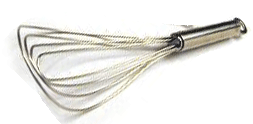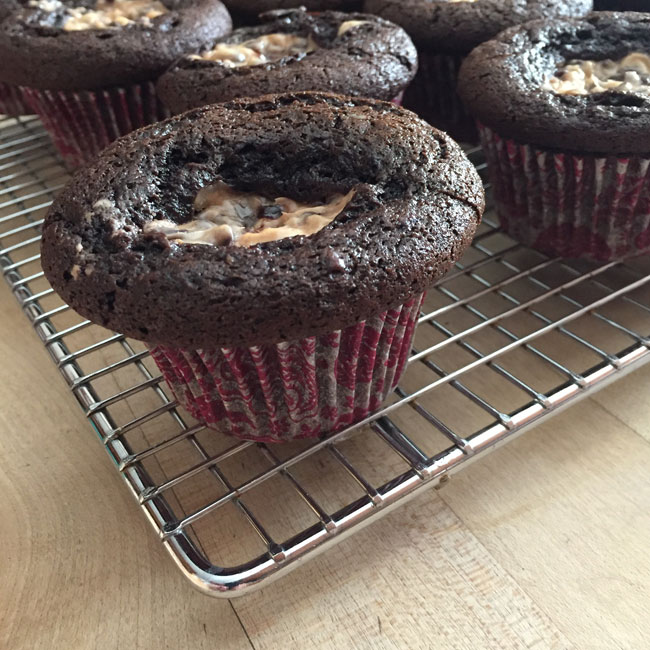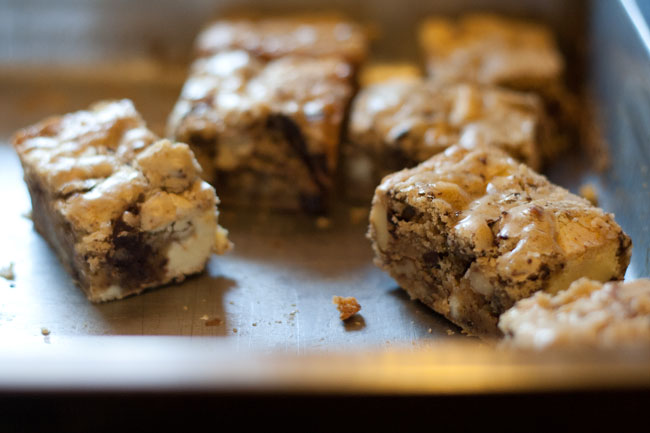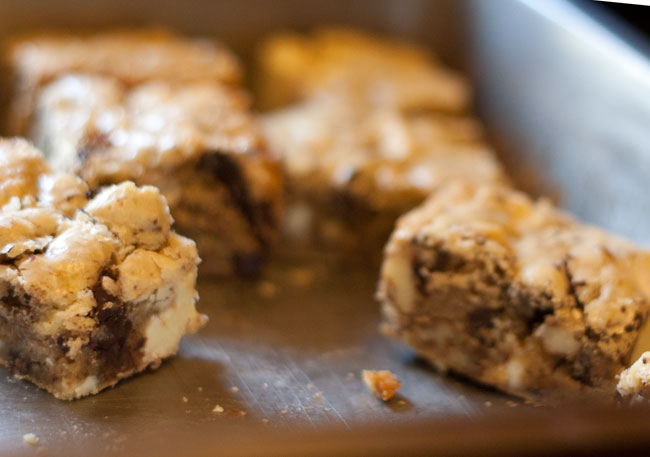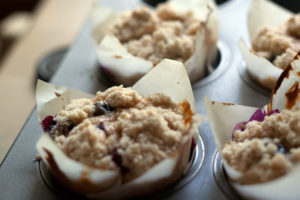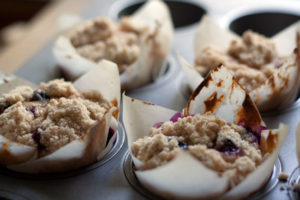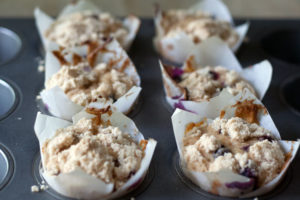This recipe is from Michael Smith’s The Afternoon Tea Book, that I first encountered in our library when I worked at Pleasant Company. The book was already on the old side, originally published in the late ’80s, even then, in the mid-90s, but looks like you can still get a used copy on Amazon, which is what I did. It’s a terribly reliable source for all things British. The secret trick to the cake is using whipped butter.
I made a Victoria sponge to eat with custard and raspberry sauce, while watching the royal wedding, Prince Harry and Meghan Markle, on May 19, 2018. I thought I’d write it up, only to find not only have I been making this cake for various occasions dating back at least 6 years, I already wrote up the recipe, as a father’s day cake I made for Mark in 2012, and there’s a blog post about it, too.
Not only that, I made a half batch of pastry cream to go with the 2018 cake, and that’s just what I did in 2012, as well.
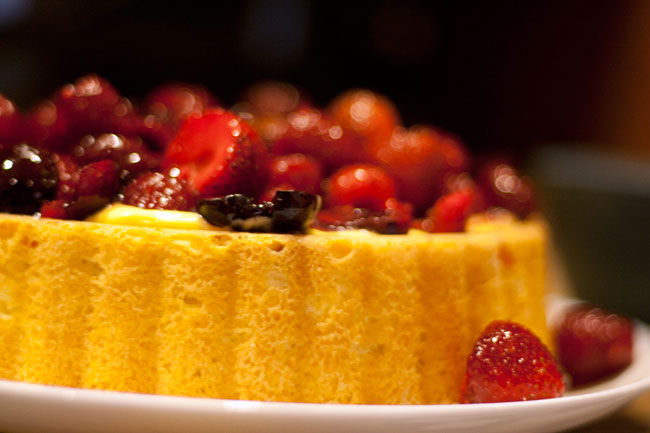
Cake:
- 2 cups cake flour (I like King Arthur Guinevere – unbleached)
- 4 1/2 teaspoons baking powder
- 4 large eggs
- 1/4 cup warm water
- 1 cup white sugar
- 1 cup whipped butter, softened (I like Land O’Lakes)
- pinch of salt – or use salted butter
Heat the oven to 325°. Grease, line the bottoms with a round of wax or parchment paper, grease the paper, and lightly flour two 8-inch or 9-inch cakes pans (if you use 8s, make sure they are at least 2 inches deep). Or grease and lightly flour a cake pan with a depression for filling, like a Maryann pan (you’ll have extra batter to bake in a plain pan). I got mine from King Arthur, but looks like they only carry mini Maryanns now.
Sift the flour and baking powder together. In an electric mixer with the whisk beater, beat the butter and sugar till well creamed. Add the eggs, one at a time. Add the flour and water, and the salt, if using, and continue to beat until the mixture is lighter in color and glossy (about 3 minutes). Turn into the prepared pans, and bake for 20 – 25 minutes, until just lightly browned, puffed, and firm. Cool in the pans for 10 minutes, then run a thin knife around the edges and un-mold onto a cooling rack or serving plate.
Pastry cream:
- 1 cup of half & half
- 4 tablespoons of granulated sugar, or, if you are out, use light brown sugar for a lightly caramel cream
- pinch of salt (or again use salted butter)
- 3 egg yolks, as much chalazae removed as possible – you can kind of squeeze them off with your fingers when you separate the whites and yolks.
- 1 tablespoons cornstarch
- 2 tablespoons unsalted (or salted, but leave out the pinch of salt)
- 1 teaspoon vanilla extract, or vanilla been paste
Combine the half & half and and 3 tablespoons sugar in a saucepan, add the salt if using, and heat until steaming, stirring to dissolve the sugar. Meanwhile whisk the egg yolks, remaining sugar, and cornstarch together in a 2 cup spouted glass measuring cup. Pour the hot half & half into the yolk-sugar mixture, whisking, and transfer the mixture back to the saucepan over the heat. Cook, stirring with a metal spoon, until thickened. Don’t boil, but a few large bubbles should form on the surface. Whisk if necessary to prevent lumps. Remove from the heat, and add the butter and and vanilla. Mix in the pot until the butter is melted, then scrape into a bowl, and place a piece of plastic wrap or wax paper directly on to the top of the cream. Refrigerate until cold before using – at least 3 hours and up to 48 hours.
Assembly – about 3 cups of mixed fruit – I used raspberries, strawberries, and cherries. Cut the fruit into bite-size pieces, remove hulls and pits. Add 1/4 cup to 1/3 cup sugar, mix, and let macerate at room temperature until the cake is cooled. Spread the pastry cream in the depression in the Maryann cake (Freeze the extra layer for later). Top with the fruit. Eat as is, or with ice cream or whipped cream.
For a more traditional approach, sandwich the two layers with jam, raspberry or strawberry preferred.
Originally posted in 2012, somewhat updated in 2018
